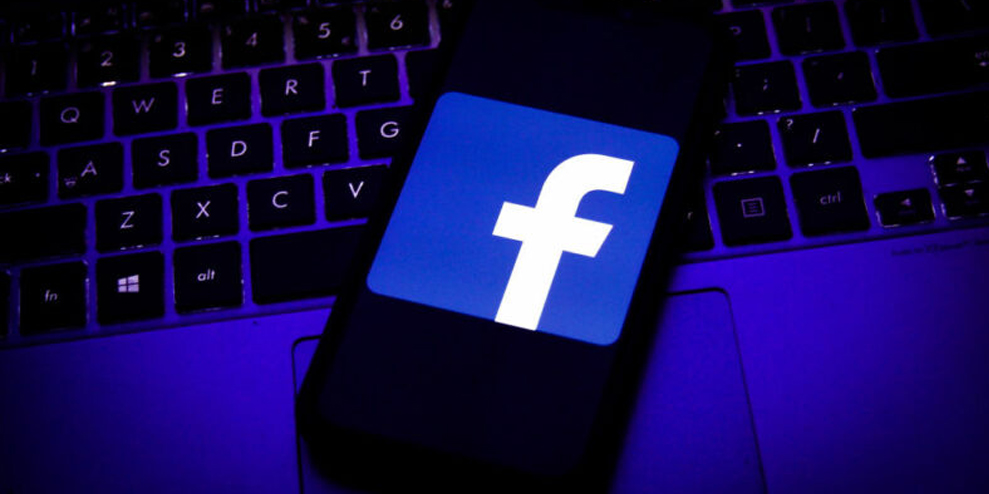Six hours with no Facebook, Instagram or WhatsApp was a major global story. Similar platform outages are likely in future, cautions Outbrain’s James Milne, whose advice to marketers is to diversify spending.
When Facebook combined its apps under the sum of one back-end infrastructure, it accepted the risk of a blackout that could not be contained to one platform. These risks were realised when Facebook experienced a six-hour global outage affecting not only Facebook itself, but WhatsApp, Instagram and Oculus VR as well due to configuration changes to foundational routers. Those that use the platforms to advertise must now question the fragility of advertising within these walled gardens.
When social media users couldn’t access their app of choice, traffic was naturally diverted to the open web. At Outbrain, we saw a significant traffic spike of 70% on the open web throughout the event. In the UK specifically, Outbrain saw week-over-week traffic increase by 129% on desktop and 115% on mobile. The mass social media blackout was therefore great for brands advertising on the open web. It offered extensive reach combined with sophisticated contextual targeting across the world’s leading publishers without the risk of any outages. But what are the long-term conclusions we can derive from such a unique event?
How the Facebook outage impacted businesses and marketing campaigns
In Q2 2021, Facebook’s social advertising revenue had risen year on year by 47% to $28bn; the outage significantly impacted its reputation and share price, which dropped 4.9% on the day of the outage and has so far cost the company approximately £60bn. For Facebook, this represents a difficult, but likely temporary, loss.
For the more than 200 million businesses actively using Facebook’s tools and the numerous content creators that rely on Instagram for sponsored posts and affiliate links, the outage represented an irreversible loss of advert visibility.
While larger brands may shrug this off, smaller, independent brands and creators may have noticed the effects of the outage more starkly, as their revenues were hit. CNBC identified some businesses reporting losses of over $5,000, with Facebook’s rising advertising fees already increasing spend on the platform. These losses are likely to decrease the confidence advertisers will place on walled garden advertising in the future, meaning they need to look towards publishers who are also looking to diversify and capitalise on their readership.
The importance of diversifying marketing channels
With the enormity of the event, there are a few important takeaways for advertisers to consider. The most pressing one is the need for multi-channel diversification. Spreading marketing efforts across channels ensures a safeguard against future outage events. It also allows brands to reach a more diverse audience. Social media outlets aren’t a silo for all demographics to be reached. For a start, 21% of the adult UK population doesn’t use Facebook; and for those that do, the spike in traffic on Outbrain’s network illustrates that consumers are still keeping large publishers top of mind as a trusted source in a crisis.
To diversify channels effectively, brands should strategise and test multiple channels and approaches before analysing what provides the best results. For example, certain channels might support awareness and engagement objectives better than others, while changes in the creative elements of an advert, the time it runs for, or the audiences targeted could deliver more cost-effective sales. A focus on consistency of messaging across channels will ensure a recognisable identity and clear positioning throughout.
This is in contrast to restricting marketing campaigns exclusively to social media’s walled gardens, where the relevant audience is limited and adverts will have a quicker rate of diminishing returns. A wider advertising scope will spread ad budgets more effectively across a range of different, but similarly engaged, audiences. This can ultimately deliver leads and conversions for a healthier ROI.
The importance of native advertising as an alternative marketing channel
Nobody can predict when, and on what channel, the next outage will occur. A savvy marketing team will try to cover as many channels as possible, so that even if one channel suffers a blip the network remains solid. Native advertising on the open web is a great option for diversifying marketing channels. This is because it disperses adverts from a single source across multiple, highly authoritative, relevant web pages.
Native advertising may also be more effective. When compared to the walled gardens of social advertising, recent Outbrain research found native advertising has a 21% higher click-through rate and a 24% higher chance of a conversion. As the name suggests, native advertising delivers adverts automatically to match the format of the site environment they are placed within: the adverts appear to consumers as an extension of the content they are already enjoying, regardless of the channel. This means the adverts reach highly engaged consumers already browsing relevant content without disrupting the user experience, leading to more authentic brand interactions with greater user intent.
While Facebook, and the web at large, will analyse their operations to ensure that they aren’t the next domino to fall, advertisers and brands need to be aware that future outages are all but inevitable. If they haven’t done so, they’ll need to re-evaluate their advertising strategies and focus on more effectively diversifying their advertising portfolio.
Brands that use native advertising can full-proof themselves against future blackouts while benefiting from a wide reach, a diverse open web range, and intelligent automation. The Facebook outage should serve as a wake-up call to advertisers and bring sharply into focus the importance of alternative marketing channels beyond the walled garden.




